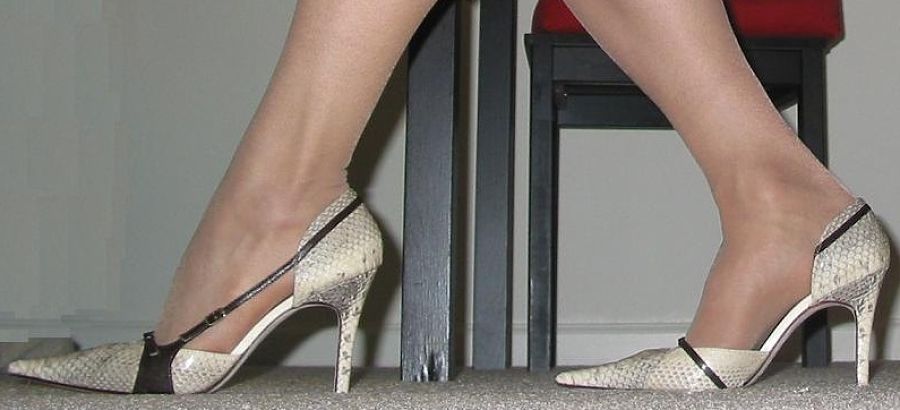For as long as big business has existed, what we wear at work has been governed by dress codes – some more explicit than others. Every day men and women across the country roll out of bed in the knowledge that the sleepy business of choosing what to wear has already been taken care of, at least to some extent, by their employer. But is there a point at which a business’s reach into our dressing habits becomes too invasive? According to a recent report on gendered dress codes by the Women and Equalities Committee, yes – and that point is a stiletto heel.
The report, entitled ‘High Heels and Work Place Dress Codes’, grew out of a petition posted on the government’s official petitions website, which gained over 138,500 signatures. Originally posted by city receptionist Nicola Thorp, the petition called for the government to “make it illegal for a company to require women to wear high heels at work”, after Thorp was sent home without pay for wearing flat shoes in December 2015. Despite the widespread attention and support the petition garnered, the government took 40 days to respond – 19 days longer than their allotted time to respond to online petitions.
In the response, which does not mention high heels specifically, the government emphasises that “the law is clear that dress codes must be reasonable”. However, just what can be regarded as reasonable is a matter of some debate. Certainly workwear must be practical, for the same reason a firefighter would never turn up to work in a polyester suit, or a surgeon might steer clear of spangled jewellery. Workwear must also be appropriate, for the same reason one would not meet a client company’s CEO in a band t-shirt from the show they went to last night. But would it be inappropriate to meet the CEO in flat shoes? Possibly, according to some corporations. One former British Airways employee, Ruth Campion, described feeling “prostituted” at work, after being forced to wear high heels and constantly reapply makeup to adhere to guidelines for female employees.
Gendered dress codes, with varying degrees of clarity on the issue of high heels, have long since received high profile backing. Most recently in May, Jenny Brown, the head teacher of a top independent girls’ school, made headlines after expressing her opinion in The Telegraph that “suits just don’t look good without high heels”. Likewise Theresa May, whose penchant for leopard print kitten heels has received widespread media attention, is quoted in the ‘Work Place Dress Codes Report’ as having said that “traditional gender-based workplace dress codes […] encourage a sense of professionalism in the workplace”, in a 2010 House of Commons debate.
But what happens when ‘professionalism’ is impractical? According to evidence in the report from the College of Podiatry, wearing high heels brings a myriad of health problems, both short and long term, causing women to suffer from reduced balance, reduced ankle flexion and weaker muscle power in the calf. The physical hindrance that the wearing of high heels amounts to is not only apparent to health professionals; creative responses have surfaced in response to the issue raised by the original petition, like a viral video by Stylist magazine, which showed the men of the office tottering in heels for a day.
In the corporate world, as in life, there are expectations abound as to how women ought to present themselves, whether they are air hostesses, receptionists or CEOs. In the face of these expectations, it can be difficult for businesses like British Airways to walk the line between maintaining a brand image and enforcing discriminatory dress codes. However, at a time when the detrimental effects of high heels for women are ever more apparent, power to manage these expectations rests with big business – and as the report suggests, with that power comes responsibility where women’s health and wellbeing is at stake.
Image: Wikimedia Commons

